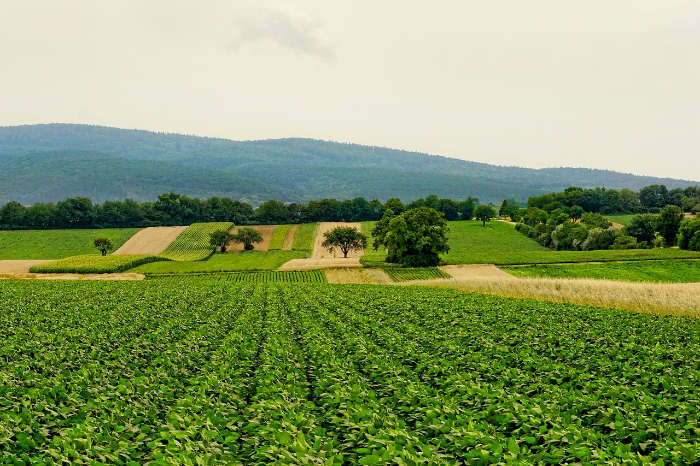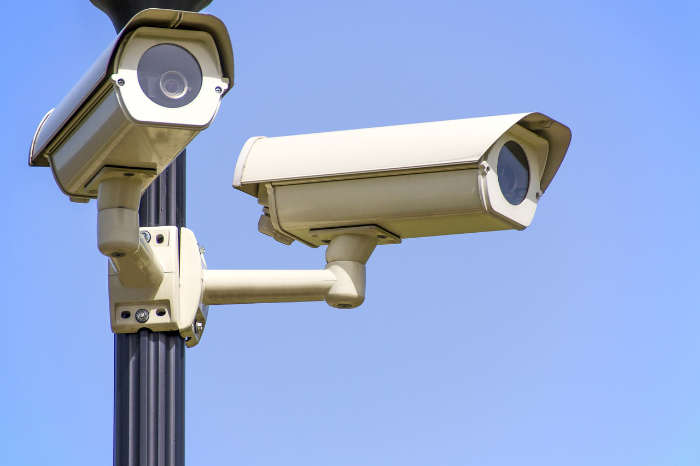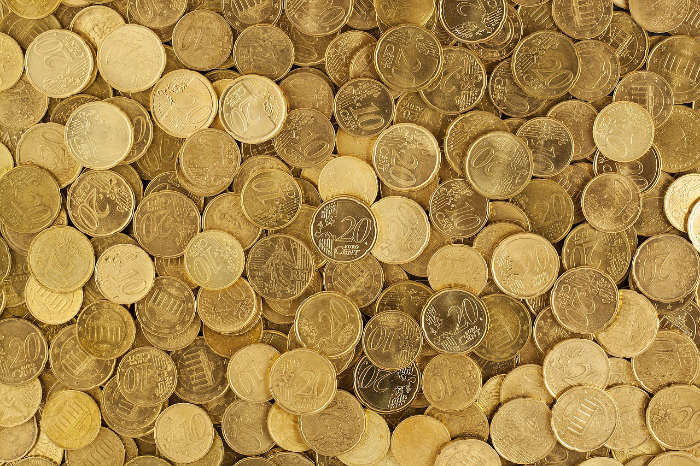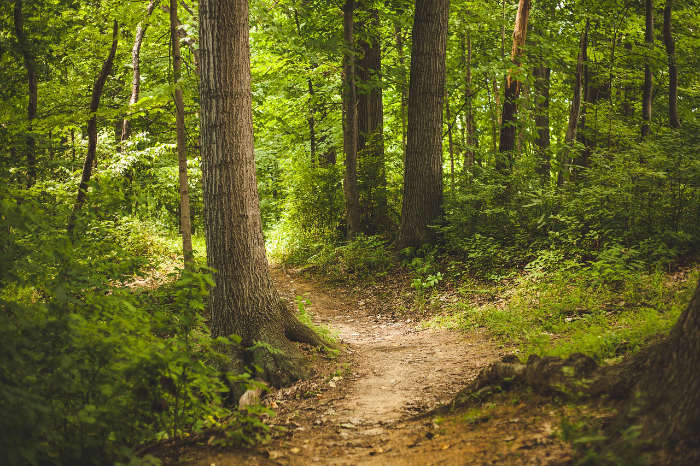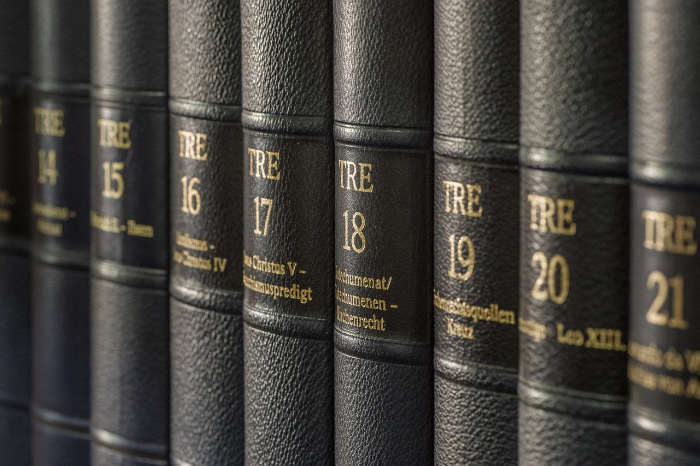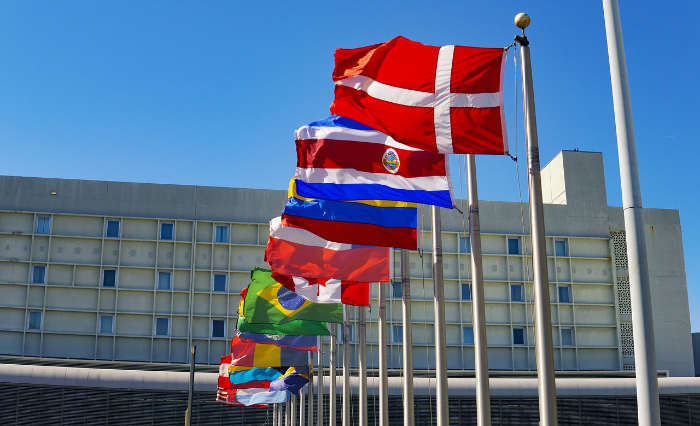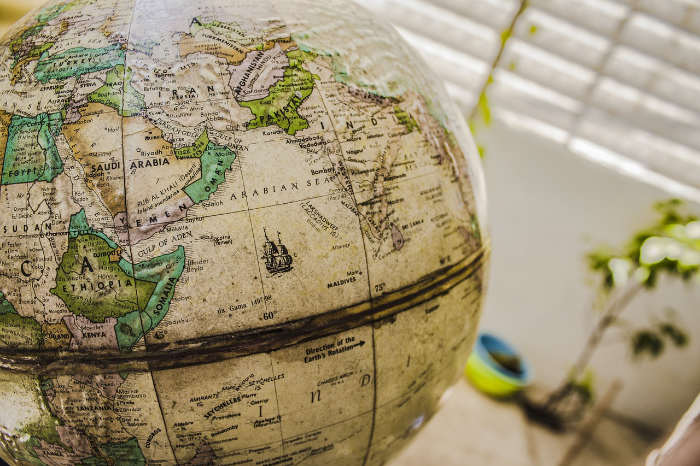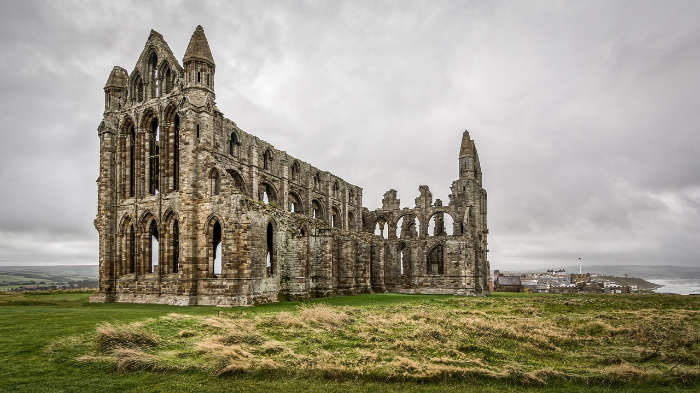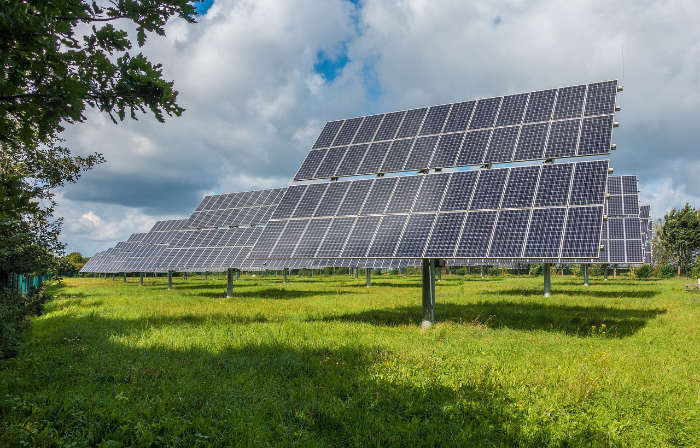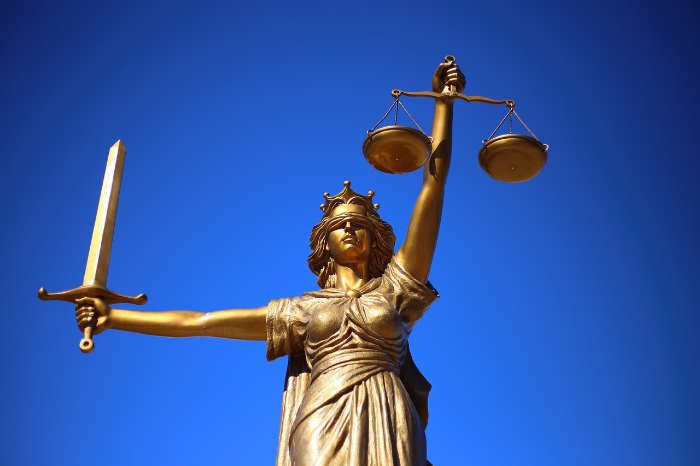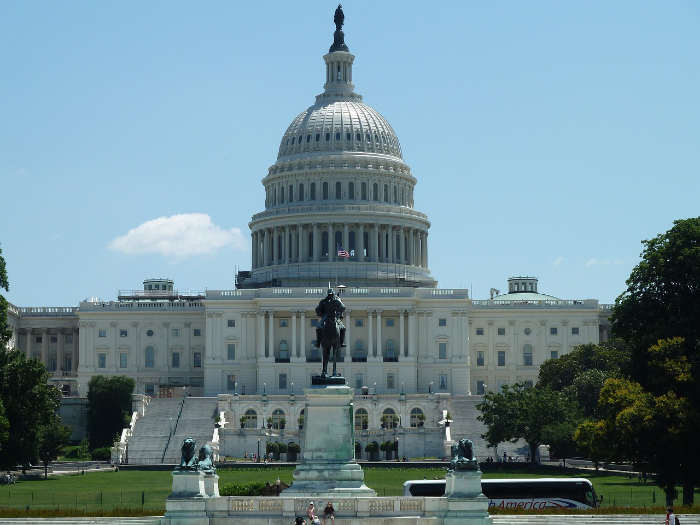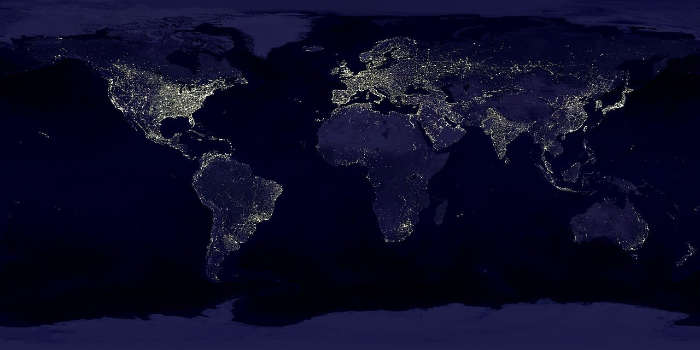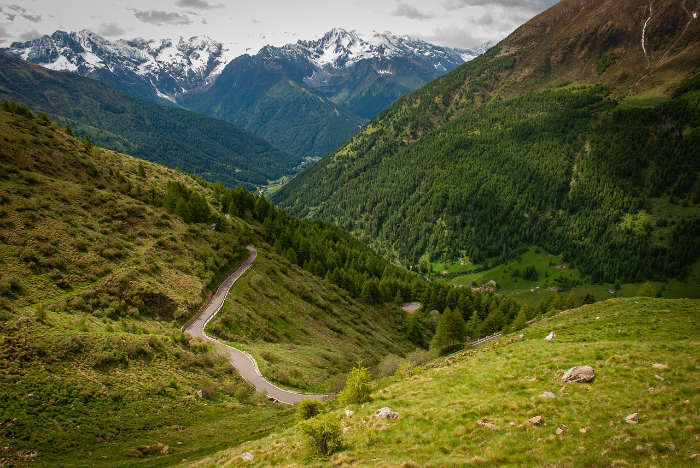Protected Land by Country 2025

0%
10%
20%
30%
40%
50%
60%
70%
Many countries around the world have designated areas of land as protected, safeguarding them from development. These protected lands are valued for their natural beauty, ecological significance, or cultural importance. To preserve their integrity, human activities such as traffic and exploitation of natural resources are restricted through legal measures or long-term conservation management.
In the Seychelles, there are 51 protected areas, which encompass over 61% of the land area and 32.8% of the marine area. One notable protected area is the Aldabra Atoll, a sanctuary for 152,000 giant tortoises. Similarly, New Caledonia, located in the southwest Pacific Ocean, boasts 7,000 square miles of protected lands across 155 areas, including nature reserves, national parks, forest reserves, and botanical reserves.
Venezuela also has a significant portion of its territory designated as protected land. With 290 protected areas, these encompass over 56% of the country’s total land area and include national parks, natural monuments, forest reserves, and wildlife refuges. Luxembourg stands out in Europe, with 55.8% of its territory protected, including three nature parks and two Ramsar-recognized wetlands across its 200 regions.
In Asia, Bhutan has 22 protected areas covering about 49.67% of the country, featuring notable sites like the Royal Manas National Park and the Jigme Khesar Strict Nature Reserve. Brunei Darussalam protects over 46% of its land area, primarily consisting of rainforests, across 56 different areas. The Turks and Caicos Islands, known for their stunning beaches, have 34 protected areas with restrictions on activities like shell collecting and fishing.
Hong Kong’s approach to conservation includes 104 protected areas that cover 44,300 hectares, providing habitats for diverse species including endangered pangolins, birds, and insects. Greenland’s vast protected lands include the Northeast Greenland National Park, the largest protected area in the world, as part of its 550,000-plus square miles of conservation land. Lastly, Slovenia has a comprehensive network of 2,270 protected areas, encompassing a national park, natural monuments, nature reserves, and landscape parks, highlighting the global effort to preserve natural and cultural heritage.





